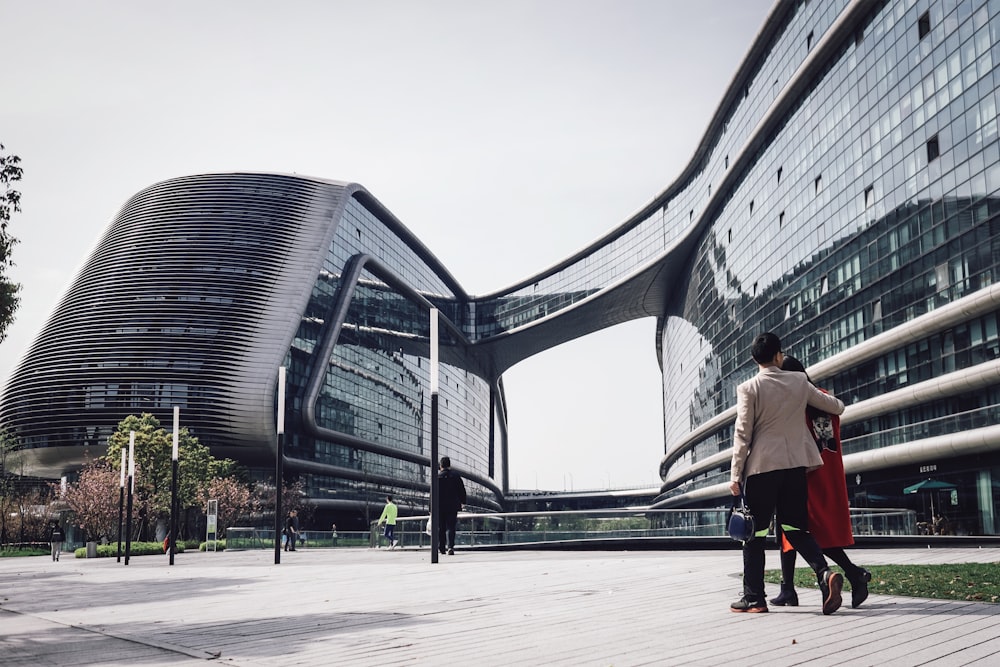Zen Retreat Exploring Zumthor’s Architectural Legacy
Embarking on a Journey of Architectural Serenity
Discovering Zumthor’s Vision
In the serene landscapes of Switzerland lies an architectural gem that transcends the ordinary—the Zumthor House. Designed by renowned architect Peter Zumthor, this retreat embodies the principles of Zen minimalism, inviting visitors to immerse themselves in a world of tranquility and contemplation. As one embarks on a journey to explore Zumthor’s architectural legacy, they are greeted by a sense of awe and reverence for the beauty of simplicity.
A Sanctuary of Serenity
Nestled amidst lush greenery and rolling hills, the Zumthor House emerges as a sanctuary of serenity, seamlessly blending into its natural surroundings. The architecture, characterized by clean lines, minimal ornamentation, and a harmonious interplay of light and space, exudes a sense of calm and tranquility. Each element of the design serves a purpose, contributing to the overall atmosphere of peace and contemplation.
Embracing Minimalism
At the heart of Zumthor’s architectural philosophy lies a deep appreciation for the beauty of simplicity. Inspired by Zen principles, the Zumthor House embraces minimalism in its purest form, stripping away excess and focusing on essential elements. The result is a space that feels both timeless and contemporary, inviting inhabitants to disconnect from the chaos of modern life and reconnect with themselves and the natural world.
Harmony with Nature
One of the most striking aspects of the Zumthor House is its harmonious relationship with the surrounding landscape. Rather than imposing itself upon the environment, the architecture seems to emerge organically from the earth, creating a seamless transition between indoor and outdoor spaces. Large windows frame picturesque views of the countryside, allowing natural light to flood the interior and blurring the boundaries between inside and out.
Sensual Experience
Visitors to the Zumthor House are not only treated to a visual feast but also to a sensory experience unlike any other. The use of natural materials such as wood, stone, and glass engages the senses, evoking a tactile response that enhances the overall feeling of connection and presence. Every step taken, every surface touched, becomes an opportunity for reflection and mindfulness.
Cultivating Contemplation
In a world filled with distractions, the Zumthor House offers a rare opportunity for contemplation and introspection. Its tranquil atmosphere encourages visitors to slow down, breathe deeply, and engage in quiet reflection. Whether sitting in the peaceful solitude of the garden or meditating in the softly lit interior, one cannot help but feel a sense of serenity wash over them, as if time itself has come to a standstill.
Architectural Inspiration
Beyond its physical beauty, the Zumthor House serves as a source of inspiration for architects and designers around the world. Its thoughtful integration of form and function, its reverence for nature, and its commitment to simplicity offer valuable lessons for those seeking to create spaces that uplift the spirit and nourish the soul. As visitors depart from this architectural oasis, they carry with them not only memories of its serene beauty but also a renewed appreciation for the power of design to


